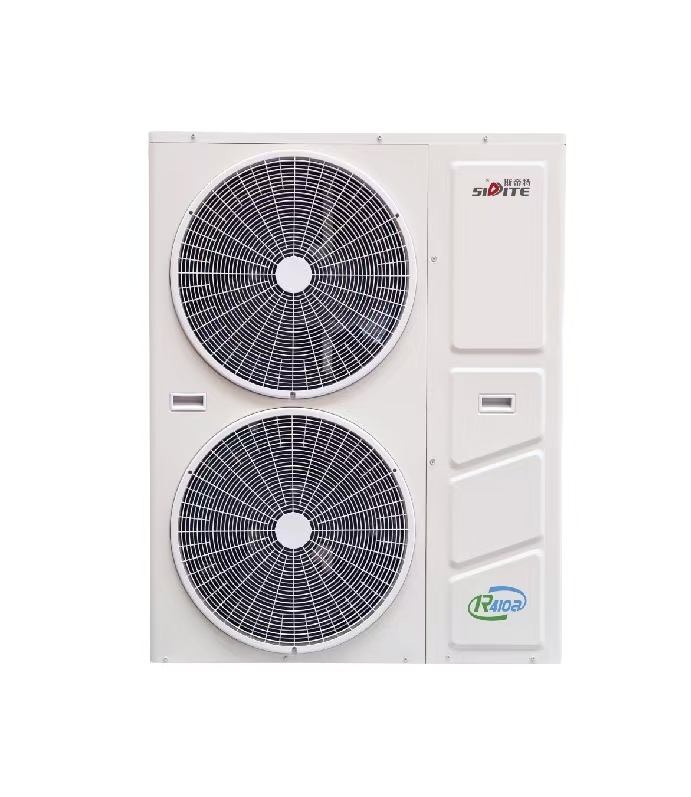Heat pump principle science: how to get energy through air or water to bring green warmth to life

First, what is a heat pump?
A heat pump is a device that utilizes a low-temperature heat source in air, water, or underground soil to heat or cool a building. The biggest advantage of a heat pump over traditional heating or cooling equipment is that it does not produce heat directly, but rather transfers heat to achieve temperature regulation. This makes heat pumps extremely energy efficient, delivering many times the heat or cooling output per unit of energy consumed, thus greatly reducing energy consumption.
Common types of heat pumps include:
Air Source Heat Pump (ASHP): heats or cools a building by absorbing heat from the air.
Water Source Heat Pump (Water Source Heat Pump): extracts heat from water for heating or cooling.
Geothermal Heat Pump (Geothermal Heat Pump): utilizes the heat in the underground soil for temperature regulation.
Second, the working principle of the heat pump
The core principle of heat pumps is based on the “inverse Carnot cycle” in thermodynamics. Simply put, it is a device that realizes temperature change through energy transfer. Its working principle can be divided into two stages: heating mode and cooling mode.
1. Heating Mode: Heat Absorption from the Outside World
In the heating mode, the heat pump will absorb heat from the air, water, or ground through the evaporator. Although the ambient temperature is low in winter, the air or water still contains heat energy, and the heat pump can utilize the evaporation characteristics of refrigerant (usually Freon) to “extract” the low-temperature heat.
The heat pump heating process is roughly divided into the following steps:
Evaporation: low-temperature, low-pressure liquid refrigerant in the evaporator to absorb the heat of the outside world, into a gaseous state.
Compression: the gaseous refrigerant is compressed into a high-temperature, high-pressure gas through the compressor, further raising the temperature.
Condensation: The high-temperature gas enters the indoor condenser, releasing heat to the indoor air or water and transforming into a liquid state.
Expansion: The liquid refrigerant passes through the expansion valve to reduce pressure and temperature, and re-enters the evaporator for recycling.
Through this cycle, the heat pump transfers the heat energy from outside to indoors to achieve the heating effect.
2. Cooling mode: transferring indoor heat to the outside world
In the summer or the need to cool down the situation, the heat pump can work in reverse, the indoor heat “pump” to the outside, to achieve the purpose of cooling.
Evaporation: Heat from the indoor air is absorbed by the refrigerant through the evaporator.
Compression: the gaseous refrigerant is pressurized and warmed up in the compressor.
Condensation: the high-temperature gaseous refrigerant dissipates heat in the outdoor condenser, releasing heat to the outside world.
Expansion: the decompressed liquid refrigerant re-enters the evaporator to continue the cycle.
Third, the application of the heat pump scene
In addition to being used for heating and cooling in residential and commercial buildings, heat pumps are also widely used in:
Industrial heating and cooling: for industrial heating and cooling processes in manufacturing.
Agriculture: greenhouse heating and drying of agricultural products, etc.
Hot water supply: energy-efficient hot water supply through air-source heat pumps or water-source heat pumps.
In the context of the global energy transition, people pay more and more attention to environmental protection, the advantages of heat pumps in reducing carbon dioxide emissions and energy costs will be more significant, and heat pumps will gradually replace traditional equipment in the heating and cooling field, providing a greener and more comfortable environment for our lives.